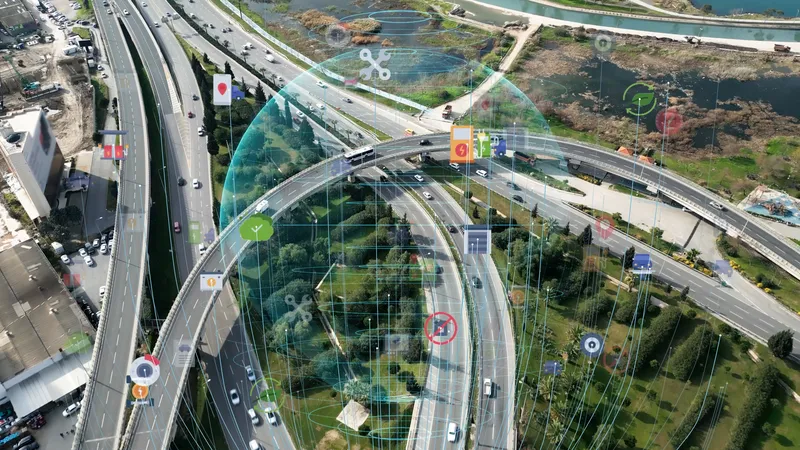YourParkingSpace.co.uk, the UK’s car parking marketplace, is calling for the introduction of SizeMark; a new parking industry standard designed to ensure that car parking spaces are large enough to accommodate modern motor vehicles.
The move is needed, it claims, after research showed that while parking spaces have remained approximately the same size over the last 60 years, some vehicle models have grown by more than 20 per cent in width. Backed up by a recent survey by the AA, the result revealed that
February 6, 2015
Read time: 2 mins
YourParkingSpace.co.uk, the UK’s car parking marketplace, is calling for the introduction of SizeMark; a new parking industry standard designed to ensure that car parking spaces are large enough to accommodate modern motor vehicles.
The move is needed, it claims, after research showed that while parking spaces have remained approximately the same size over the last 60 years, some vehicle models have grown by more than 20 per cent in width. Backed up by a recent survey by the1459 AA, the result revealed that more than half of motorists have suffered damage to their car when parked in a car park over the past 12 months, meaning that many drivers are now shunning traditional car parks in favour of more spacious private driveways.
Growing vehicle size is a significant issue for car park owners and drivers alike. Today’s Mini Cooper is 24 per cent wider than the 1959 original; the1683 Honda Civic is 18 per cent wider than the first model launched back in 1973; the 994 Volkswagen Golf is nearly 12 per cent wider than its original 1974 version; while the current 278 Ford Fiesta is 10 per cent wider than the original 1976 version. According to the 6982 Society of Motor Manufacturers and Traders, in 2013 more than 400,000 new cars were registered in the UK from the luxury, MPV or dual purpose segments, which typically include much wider vehicles.
Harrison Woods, managing director of YourParkingSpace.co.uk, believes that the solution could be new guidelines regarding the minimum recommended size of a parking space, proposing a SizeMark standard as an ideal solution. “It’s time that the industry introduced a recommended minimum parking space size so that drivers know what to expect. Our proposal is to introduce the SizeMark standard, where all car parks that meet this minimum size are awarded an instantly recognisable SizeMark badge to help drivers minimise damage to their cars.”
The move is needed, it claims, after research showed that while parking spaces have remained approximately the same size over the last 60 years, some vehicle models have grown by more than 20 per cent in width. Backed up by a recent survey by the
Growing vehicle size is a significant issue for car park owners and drivers alike. Today’s Mini Cooper is 24 per cent wider than the 1959 original; the
Harrison Woods, managing director of YourParkingSpace.co.uk, believes that the solution could be new guidelines regarding the minimum recommended size of a parking space, proposing a SizeMark standard as an ideal solution. “It’s time that the industry introduced a recommended minimum parking space size so that drivers know what to expect. Our proposal is to introduce the SizeMark standard, where all car parks that meet this minimum size are awarded an instantly recognisable SizeMark badge to help drivers minimise damage to their cars.”








